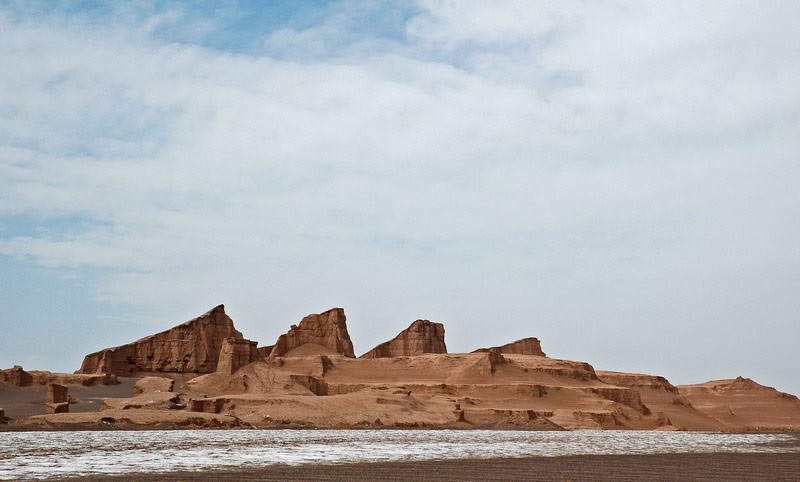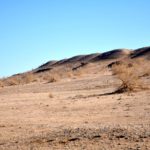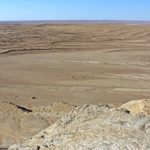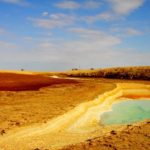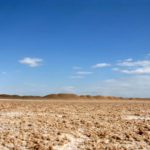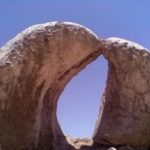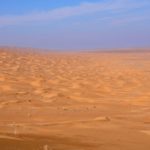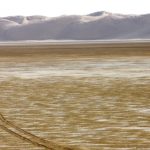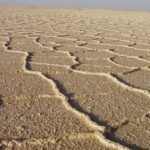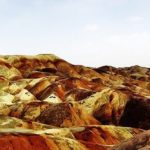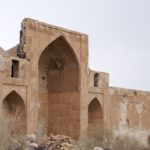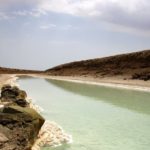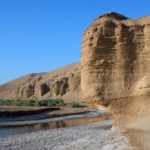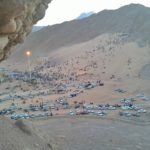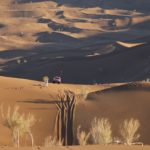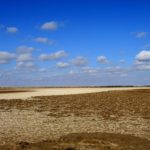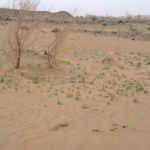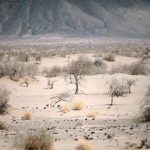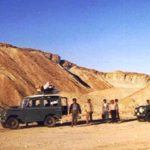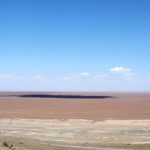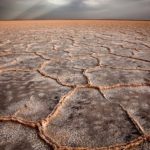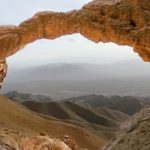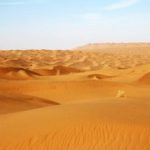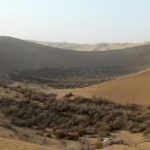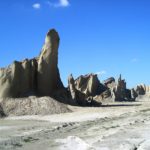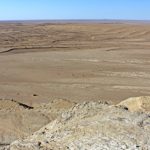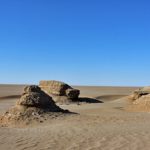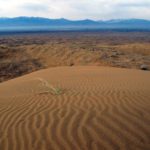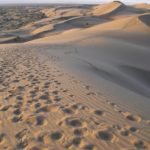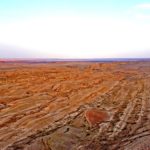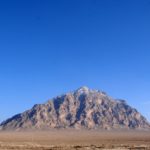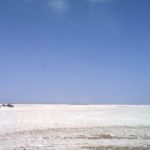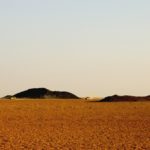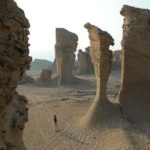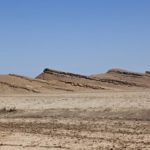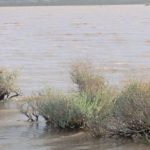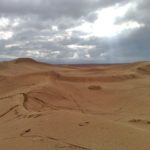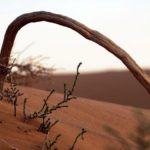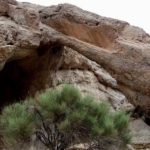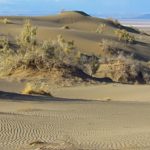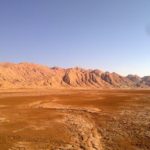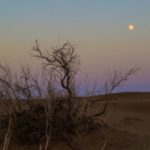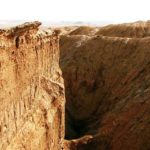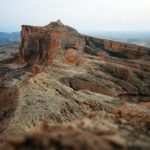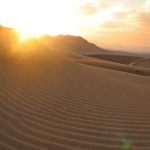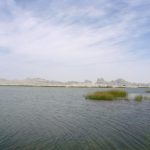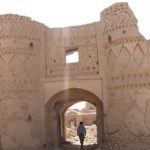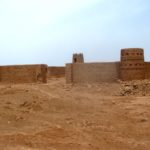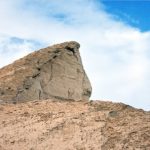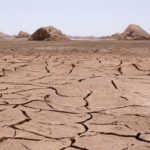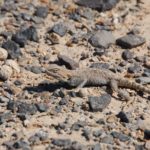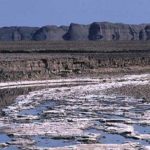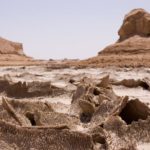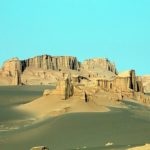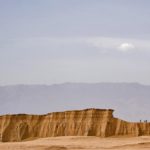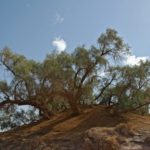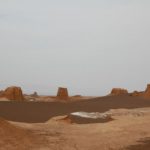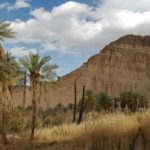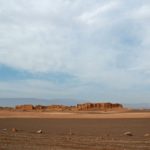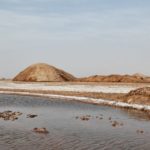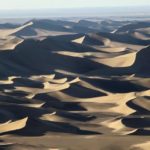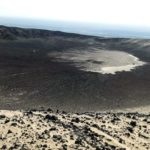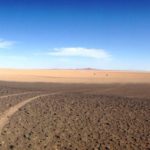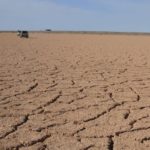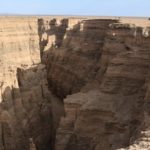Geological research on the Lut area is scarce. Existing information is part of the views of Mr. Stoklin, a geologist with the Geological Survey of Iran, who has identified two resistant clumps in the Lot area and the north-eastern building axis of Iran. The Kerman and Sistan Mountains and the Qaenat and Tabas Mountains are considered to be resistant to this mass due to pressure impacts. On both sides of the Lut Plain sedimentary bodies of the Second Eduards and the suddenly broken fire masses and fault lines in the north direction The two sides of the Lut area are pervaded so that in terms of the construction of the Lut a doubtful hole It is subdued and subdued, and it seems that no pressure has been put on its sediments since the middle of the third period. The study of central mass if the hypothesis is correct is the key to the problem of tectonics in eastern Iran. In recent years, ARAP has conducted surface geological studies for oil explorations, and small local surveys have shown us that all available information should be doubted. And it is suspected that including a broken line at the foot of the clutter in the northwest-southeast direction. The faults on both sides of the Lut Plain should be age-related and the clutter of the Clutter Desert Formations with the second and third sedimentary classes. Find out.
One of the interesting geological issues of studying clutter formation in terms of minerals and tertiary formation has been in the region and clay, gypsum and salt deposits in each period have been deposited in pits and then washed under runoff. The resulting sediments have made desert deserts so late in the Late Third Period there may have been more extensive and changing weather conditions, sampling and studying desert material from the western highlands to The Eastern Plains should be conducted and the study of the samples will clarify the relationship and continuity of the sediments at any one time and finally Crafted sciences What are the conditions for desertification in the present era?
Preliminary investigations have shown that several different levels of desert are found in the western part of the country that differ in composition and time of occurrence, and at the foot of the plains adjacent to Bechlot, there are many new desert formations whose sedimentary habitat and former civilization It has engulfed and strangled itself, covering the eastern part of the Desert Formation of early volcanic eruptions, and in this area the desert plains have been strangled under the sand, with black conglomerates on it and the Clutter Formation until To be done.

